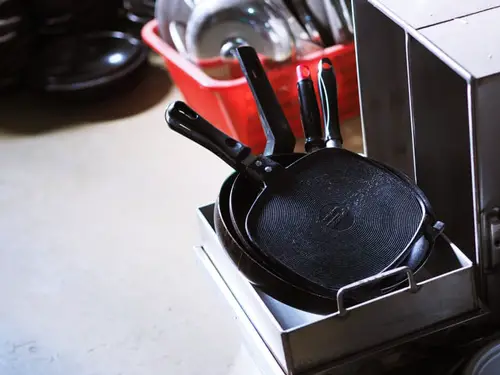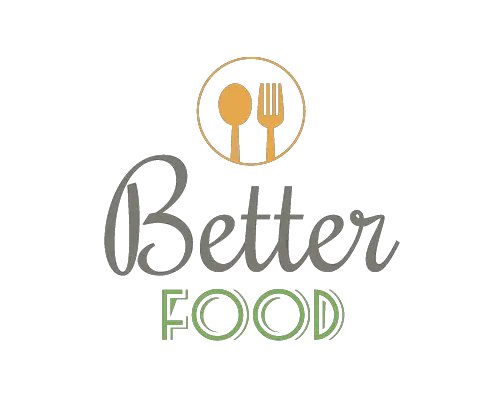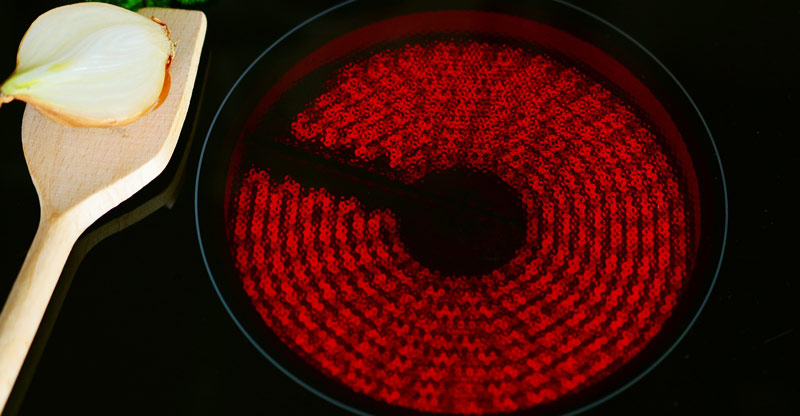You finally got that swanky glass stovetop you’ve been eyeing for a while now. An electric one at that!
As you take out your cast iron griddle to make breakfast, you suddenly worry …
Can your delicate-looking stovetop handle the heavy cookware?
Before we discuss cast iron and electric glass tops in greater detail, here is the short answer — yes. You can use your cast iron griddle on the electric stovetop (with a few dos and don’ts of course).
While your hefty griddle may seem at odds with the stovetop, you can use it.
Why Use a Cast Iron Griddle?
Once you’ve used a cast iron griddle, you cannot stop using it. The griddle is a versatile utensil and no other cookware performs quite like it.
You can cook eggs, crepes, pancakes, burgers, and flatbreads in it. This goes for all your cast iron cookware. Cook, sear, or pan fry, and even use the skillet and pans for baking and roasting.
When your griddle is pre-seasoned, you can get right down to the business of cooking up a hearty breakfast.
Interested in finding out about using ceramic cookware on glass stovetops?
Does the Electric Stovetop Heat Like the Gas Stove?
When you compare a gas stovetop with its electric counterpart, you’ll notice slight differences.
The gas stove heats up fast and quick. It cools down equally fast. Your electric range, on the other hand, takes a while longer as the coils transfer heat to the burners.
You’ll find it easier to adjust the heat and temperature levels in the electric version.
While heating this griddle on your electric stovetop is a simple process, you have to watch out for a few things. These could affect your cooking time, the utensil used, and the food you're preparing.
Can You Use Cast Iron on an Electric Glass Stovetop?

You can but it is not the best option. Cast iron cookware tends to be heavy and this can damage your stovetop surface if you’re not careful.
Lighter materials like stainless steel, carbon steel, aluminum, and non-stick utensils are always preferable.
If your heart is still set on using your favorite griddle, then a few precautions can help you extend the life of your stovetop and cookware.
But before that, let’s find out:
What Do Electric Stovetop Manufacturers Say?
Not so surprisingly they all have similar views — use with caution.
KitchenAid, Miele, and GE prefer you don’t use cast iron cookware on their ceramic or glass cooktops.
They (except Miele) say you can go ahead if you avoid sliding the griddle on the surface.
Beko, on the other hand, simply warns about scratches. They recommend enameled cast iron.
Lodge Cast Iron says the same thing; don’t slide or drag it, and don’t leave it on the stovetop after cooking
Learn more: Can You Use Cast Iron on a Ceramic Glass Cooktop?
Using Your Cast Iron Griddle the Right Way
Your heavy cast iron can easily damage your stovetop if you don’t handle it properly.
Don’t Drag or Slide It
Although your electric stovetop is energy efficient and beautiful to look at, it has a fragile surface — prone to cracks and scratches.
Never drag or slide the griddle on the stovetop or the burner. Place it gently on top. When you’ve finished cooking, lift it off the stovetop instead of dragging it across the surface.
Don’t Drop It
Despite our best efforts, sometimes accidents happen. You end up dropping a dish or pan, especially if the handle is hot or you’re not paying attention.
While you can get away with this on a gas stovetop, your glass cooktop is another story. You risk creating a permanent dent or a big crack on the surface.
To avoid this, always remove the griddle using both hands. If the handle is hot, use a mitten to remove it gently, and place it on the countertop.
Don’t Shake the Griddle.
Making frittatas or crepes on your girdle and have the habit of shaking it to spread the batter?
This habit can damage your glass surface and it’s time to give it up.
Use Lighter Griddles
Some cast iron cookware is so heavy, that it can be difficult to lift and carry — especially when it’s filled to the brim with food. The heavier the cookware, the greater the chances of surface scratches and cracks.
Opt for lightweight griddles if you can find them.
Clean Griddle Before Using
An iron griddle collects more grease and food debris than any other pan or pot. If there is burnt food sticking to the bottom, it can leave smudges and stains on the cooktop surface.
Clean the griddle thoroughly before using it on an electric stovetop.
Are you looking to buy a new cast iron griddle?
Check out the T-fal pre-seasoned cast iron skillet.
Check for Damage
Sometimes, old cast iron griddles may have barbs or chips of metal at the bottom that can damage your cooktop surface. Run a hand across the bottom to rule out any burrs or imperfections before using it.
Avoid Uneven Surfaced Griddles
The electric stove has a flat surface and needs cookware that has a flatter bottom. Your cast iron griddle may have an uneven surface that increases the scratches and dents on the glass surface.
Use Heat Diffusers
If your iron griddle has a rough bottom, a heat diffuser can act as a buffer between the cooking elements.
It also distributes heat evenly — uneven heat becomes a problem with cast iron utensils.
Use Enameled Cast Iron
This cookware is both durable and doesn’t require seasoning. The griddle has a smooth bottom as well which reduces friction and minimizes damage to your cooktop surface.
Now you know how to handle an iron griddle, but how do you actually cook food in it?
How to Heat a Cast Iron Griddle on an Electric Stove?

Heating the griddle is a simple task and makes it effortless to cook foods in it.
You will need to preheat the cast iron griddle which takes about four to seven minutes depending on the type of cast iron cookware you use.
There are a couple of reasons for this:
Electric stovetops take a bit longer to heat up and the heating elements can cause this to be uneven.
Your cookware may develop hot and cold spots. This means your food won’t cook properly. Allowing the griddle to get hot before you add food is the best way around this.
Another reason to do this is the age of your stovetop. Heating elements lose their efficiency over time. An older stovetop with worn-out coils will take much longer to heat up.
First things first. Don’t turn on the stovetop! Place your cast iron gently on one of the burners.
If your griddle is big or the double burner kind, place it on the front and back burners. Make sure it sits evenly across both burners.
Now turn your electric stovetop burner to medium. For the dual-burner griddle, let the smaller burner be at medium-high while the bigger burner is set to medium.
Continue with your meal prep while you wait for the cast iron griddle to heat up.
While your thin aluminum, non-stick, or stainless cookware will take less time to heat up, cast iron takes more time.
This has to do with the weight and thickness of cast iron. It takes longer for the heat to pass into the interior and the food you add in.
Now that the griddle is sufficiently hot, reduce the heat levels to prevent food from burning. Electric stovetops take time between turning the knob to lower heat and seeing an actual drop in cooking temperature.
Add some healthy oil, butter, or ghee. If you’re wondering why a pre-seasoned one requires extra fat, there is a specific reason for it.
Food will definitely stick to the bottom without the addition of fats or liquids.
Tip: How do you know when your griddle is preheated and ready to use?
Simply wet your fingers, and drizzle drops of water on it. If the water sizzles, then you're ready to cook.
Discover: How to Keep Rice From Sticking to Your Pot
Cooking on High Heat on Your Electric Stovetop
As you’ve seen earlier, adjusting the temperature on your electric stove is easy. In addition to this, you’ll have to adjust the cooking times.
It may be tempting to overcome this problem and cook foods faster by increasing the heat levels to high. Yet, this is another cause to worry about.
How does this affect your food?
Your food will burn if you’re not stirring or monitoring it at regular intervals. Some parts of the dish could be well cooked while others remain undercooked.
You may even unwittingly damage your utensil in the process.
To avoid this, remove your food from the heat once it's cooked. The stovetop takes a considerable amount of time to cool down. Your food could overcook, dry out, or burn as a result.
You may also like: Stainless Steel Vs Non-Stick Cookware: Which One is Worth the Money?
Final Thoughts
There you have it! Cast iron cookware is versatile and the griddle is no less useful. However, using these heavy-duty utensils on glass cooktops can be dicey as you can unknowingly damage the surface.
Handle them with care and follow these tips so you can cook delicious meals on your griddle and on the new electric stovetop.

